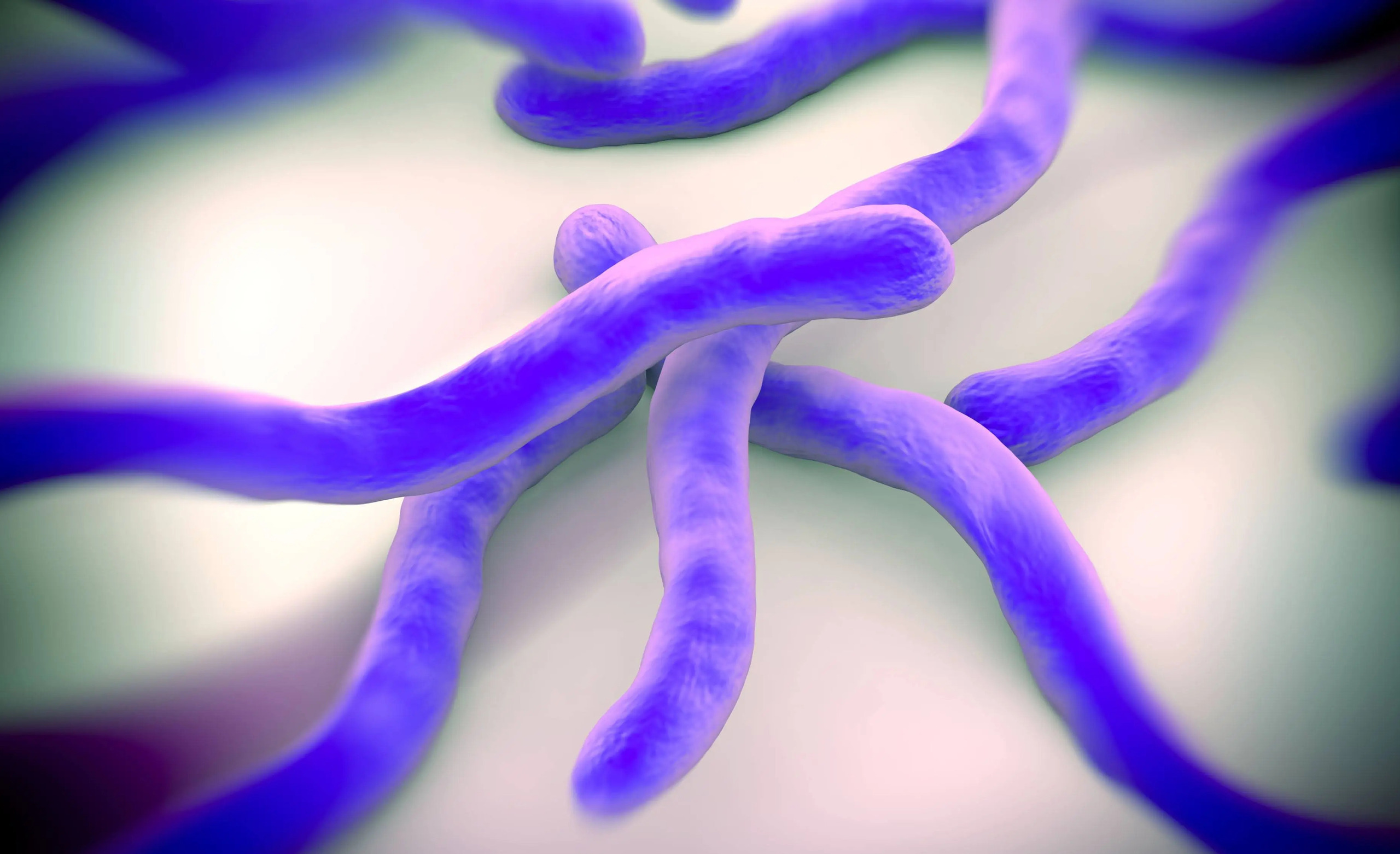
How To Survive Lyme Disease
Welcome to our comprehensive guide on how to survive Lyme disease. Lyme disease is more than just a tick bite; it’s an unwelcome journey that many people find themselves on. With its complex symptoms and potential long-term effects, navigating this illness can feel overwhelming.
If you or someone you know has been affected by Lyme disease, you’re not alone—there’s hope and a path forward. Understanding how to survive Lyme disease is crucial for regaining control of your health. In this guide, we’ll break down everything from the causes and symptoms to coping strategies and support systems.
Whether you’re newly diagnosed or have been battling the condition for years, knowledge is power in your recovery journey. Let’s dive into what you need to know about surviving Lyme disease effectively!
Understanding Lyme Disease
Lyme disease is caused by the bacterium Borrelia burgdorferi, primarily transmitted through the bite of infected black-legged ticks. These tiny creatures thrive in wooded and grassy areas, making outdoor activities a potential risk.
Recognizing Lyme disease can be challenging due to its varied symptoms. Many people experience a characteristic rash shaped like a “bull’s-eye,” but not everyone shows this sign. Flu-like symptoms often emerge first, including fatigue, fever, and muscle aches.
The complexity of Lyme disease extends beyond initial infection. Some individuals may develop chronic issues that linger long after treatment has begun. This multifaceted nature makes it crucial for those affected to understand their bodies and seek appropriate care promptly.
Awareness plays an essential role in combating Lyme disease. Educating yourself about transmission methods empowers you to take preventive steps while enjoying the great outdoors safely.
Causes and Symptoms
Lyme disease is primarily caused by the bite of an infected black-legged tick, also known as a deer tick. These ticks thrive in wooded and grassy areas, making outdoor activities a risk factor. Once bitten, you may not notice symptoms immediately. It often takes days to weeks for signs to appear.
The hallmark symptom is a circular rash that resembles a “bull’s-eye.” However, not everyone develops this rash. Other common symptoms include fever, chills, fatigue, and joint pain. As the infection progresses, it can lead to more severe issues like neurological problems or heart complications.
Recognizing these early indicators is crucial for effective treatment. If you suspect you’ve been exposed to ticks or have experienced any of these symptoms after spending time outdoors, it’s wise to seek medical attention promptly. Early intervention can make all the difference in your recovery journey with Lyme disease.
Diagnosis and Treatment
Diagnosing Lyme disease can be challenging. Many symptoms overlap with other illnesses, making it hard to pinpoint. Doctors often begin with a detailed medical history and a physical examination. They look for characteristic signs like the infamous “bull’s-eye” rash.
Blood tests are commonly used but may not always provide immediate answers. They typically become more reliable weeks after infection when antibodies develop. Treatment usually involves antibiotics, which can vary based on the stage of the disease.
Early-stage cases often respond well to oral antibiotics over several weeks. For those experiencing persistent symptoms, longer courses or intravenous treatments may be necessary. It’s crucial to follow your healthcare provider’s guidelines closely and communicate any changes in your condition promptly.
Staying informed and proactive about treatment options is essential for navigating this complex illness effectively.
Managing Symptoms and Coping Strategies
Managing Lyme disease can be a challenging journey. Finding effective coping strategies is essential for improving your quality of life. Start by keeping a detailed symptom journal. Tracking daily fluctuations helps identify triggers and patterns, aiding discussions with healthcare providers.
Incorporate relaxation techniques into your routine. Practices like yoga or meditation can reduce stress and improve emotional well-being. Physical activity plays a crucial role as well. Gentle exercises, such as walking or swimming, promote circulation without overwhelming the body.
Consider joining support groups, either online or in person. Sharing experiences fosters connection and understanding among those facing similar challenges. Nutrition also matters greatly in this process. A balanced diet rich in fruits, vegetables, lean proteins, and healthy fats supports immune function and overall health.
Explore holistic therapies too—acupuncture or massage may alleviate pain while enhancing relaxation. Each small step contributes to better management of symptoms over time.
Lifestyle Changes for a Healthy Recovery
Making specific lifestyle changes can significantly impact your recovery from Lyme disease. Start by focusing on nutrition. A balanced diet rich in fruits, vegetables, lean proteins, and whole grains helps strengthen your immune system.
Incorporate regular physical activity into your routine. Gentle exercises like walking or yoga can enhance mobility and reduce fatigue without overwhelming your body. Prioritize sleep. Quality rest allows for better healing and mental clarity. Create a calming bedtime ritual to improve the quality of your sleep.
Mindfulness practices such as meditation or deep breathing exercises can also be beneficial. They help manage stress levels that often accompany chronic illness. Stay hydrated as well; drinking plenty of water aids in detoxification and overall health.
Consider engaging with nature. Spending time outdoors has proven benefits for emotional well-being and may speed up recovery processes.
Support Systems and Resources
Finding support is crucial when navigating Lyme disease. Connecting with others who understand your experience can make a significant difference. Online forums and social media groups provide safe spaces to share stories, ask questions, and receive advice.
Many individuals find comfort in knowing they are not alone in their struggles. Local support groups offer face-to-face interactions. These gatherings foster community and create lasting friendships. They also serve as platforms for sharing practical tips on managing daily challenges.
Seeking professional help shouldn’t be overlooked either. Therapists specializing in chronic illness can guide you through emotional hurdles while ensuring you build resilience. Additionally, educational resources from established organizations offer valuable information about treatment options and coping mechanisms. Armed with knowledge, you’re better prepared to tackle the complexities of Lyme disease head-on.
Prevention Measures to Avoid Lyme Disease
Preventing Lyme disease starts with being aware of your surroundings. When venturing into wooded or grassy areas, dress appropriately. Long sleeves and pants can provide a barrier against ticks. Using insect repellent is another crucial step.
Look for products containing DEET, picaridin, or oil of lemon eucalyptus. These help keep ticks at bay. After outdoor activities, perform thorough tick checks on yourself and pets. Pay special attention to hidden areas like underarms and behind knees.
Maintaining your yard can also reduce tick populations. Keep grass trimmed short and clear away leaf litter where ticks thrive. If you do find a tick attached to your skin, remove it promptly with fine-tipped tweezers.
Grasp the tick as close to the skin’s surface as possible and pull upward steadily without twisting. Educating friends and family about these measures can create a community approach to prevention, enhancing overall safety from Lyme disease.
Coping with Long-Term Effects
Facing the long-term effects of Lyme disease can be daunting. Many individuals experience persistent symptoms, such as fatigue, joint pain, and cognitive difficulties. These challenges often affect daily life. It’s vital to create a support network.
Connecting with others who understand your journey can provide comfort and shared coping strategies. Online forums or local support groups are excellent places to start. Mindfulness techniques can also help manage stress and anxiety that may arise from these lingering effects.
Simple practices like meditation or gentle yoga encourage relaxation and mental clarity. Consider working closely with healthcare professionals who specialize in chronic illnesses. They can guide you through tailored treatment plans aimed at alleviating specific symptoms.
Most importantly, give yourself grace during this process. Healing takes time, and recognizing small victories along the way is essential for maintaining hope in your recovery journey.
Conclusion
Surviving Lyme disease requires a multifaceted approach. Understanding the intricacies of this illness is crucial for effective management. By being aware of its causes and symptoms, you can seek timely diagnosis and treatment, which are pivotal in your recovery journey.
Managing symptoms often entails lifestyle changes that promote overall health. Incorporating a balanced diet, regular exercise, and adequate rest can significantly impact how you feel day-to-day. Coping strategies such as mindfulness or support groups provide essential emotional relief during challenging times.
Additionally, building a solid support system helps create an environment conducive to healing. Friends, family members, and online communities can offer encouragement and understanding when you’re navigating this journey alone.
Prevention is equally important; knowing how to protect yourself from tick bites minimizes the risk of contracting Lyme disease in the first place. If long-term effects linger after your initial treatment phase, remember that you’re not alone—many resources exist to assist with ongoing challenges related to Lyme disease.
Embracing these strategies will empower you on your path toward recovery while enhancing your quality of life moving forward.



